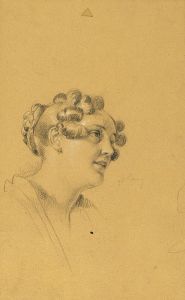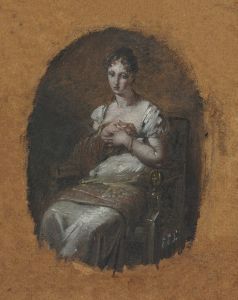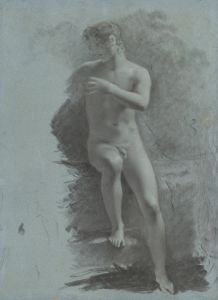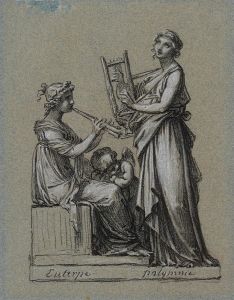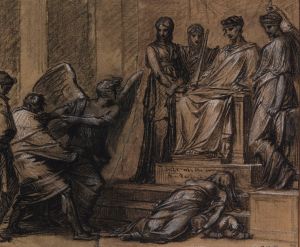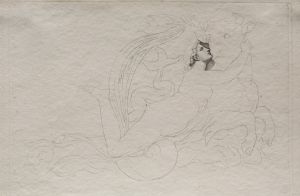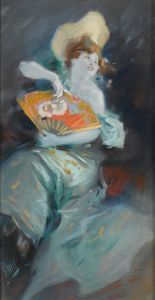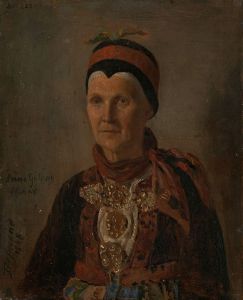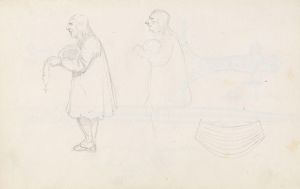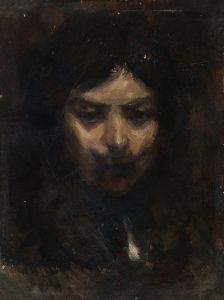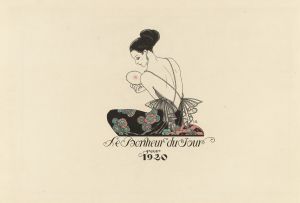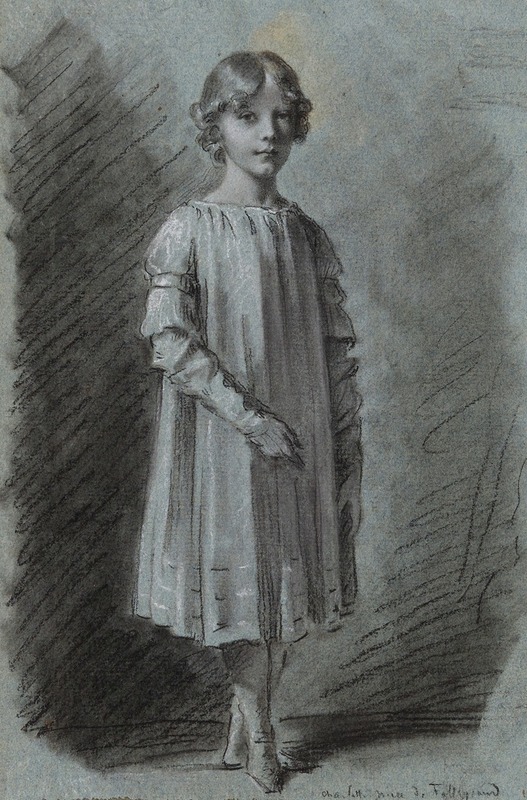
Charlotte, nièce de Talleyrand
A hand-painted replica of Pierre-Paul Prud'hon’s masterpiece Charlotte, nièce de Talleyrand, meticulously crafted by professional artists to capture the true essence of the original. Each piece is created with museum-quality canvas and rare mineral pigments, carefully painted by experienced artists with delicate brushstrokes and rich, layered colors to perfectly recreate the texture of the original artwork. Unlike machine-printed reproductions, this hand-painted version brings the painting to life, infused with the artist’s emotions and skill in every stroke. Whether for personal collection or home decoration, it instantly elevates the artistic atmosphere of any space.
Pierre-Paul Prud'hon was a renowned French painter known for his unique style that blended elements of Neoclassicism and Romanticism. One of his notable works is the painting "Charlotte, nièce de Talleyrand." This artwork is a portrait of Charlotte de Talleyrand-Périgord, who was the niece of the influential French diplomat Charles Maurice de Talleyrand-Périgord.
Prud'hon was born on April 4, 1758, in Cluny, France, and he developed his artistic skills at the Dijon School of Art. He later moved to Paris, where he became associated with the leading artists and intellectuals of his time. Prud'hon's work is characterized by its delicate use of light and shadow, as well as its emotional depth, which set him apart from his contemporaries.
The painting "Charlotte, nièce de Talleyrand" exemplifies Prud'hon's mastery of portraiture. It captures the grace and elegance of Charlotte, showcasing Prud'hon's ability to convey the personality and inner life of his subjects. The portrait is executed with a soft, almost ethereal quality, which is typical of Prud'hon's style. His use of a muted color palette and gentle brushstrokes creates a sense of intimacy and immediacy, drawing the viewer into the world of the sitter.
Charlotte de Talleyrand-Périgord was part of a prominent French family, and her uncle, Charles Maurice de Talleyrand-Périgord, was a significant figure in French politics, serving as a diplomat and statesman during a tumultuous period in French history. The Talleyrand family was well-connected and influential, and Prud'hon's association with them speaks to his status as a respected artist of his time.
Prud'hon's work was highly regarded during his lifetime, and he received numerous commissions from the French aristocracy and government. His portraits were particularly sought after for their ability to capture the essence of the sitter with sensitivity and nuance. "Charlotte, nièce de Talleyrand" is a testament to Prud'hon's skill in this regard, as it remains a celebrated example of his portrait work.
The painting is also notable for its historical context, as it was created during a period of significant change in France. The late 18th and early 19th centuries were marked by political upheaval, including the French Revolution and the rise and fall of Napoleon Bonaparte. Artists like Prud'hon navigated these changes while continuing to produce work that reflected the tastes and values of their patrons.
Today, Pierre-Paul Prud'hon is remembered as one of the leading artists of his era, and his work continues to be studied and admired for its technical excellence and emotional depth. "Charlotte, nièce de Talleyrand" remains an important piece in the canon of French portraiture, exemplifying the qualities that made Prud'hon a master of his craft. The painting is housed in a collection that preserves the legacy of Prud'hon's contribution to the art world, allowing contemporary audiences to appreciate the beauty and skill of his work.





